Leaks can be anywhere in your house from under the ground, behind walls, in ceilings and in every pipe you can see with your eyes or cannot. Throughout the life of their home, most homeowners experience some kind of plumbing leak at some point. Some leaks are obvious. Others are hidden, like concealed plumbing lines. The sooner you see a leak, the sooner you can fix it. But, you first need to know how to find it. That’s where we come in. At Healthy Homes, our plumbers are leak detection experts. In this article, we’ll review everything you need to know about water leaks, including where they most commonly originate, how to go about finding them, and why you should always bring in a professional plumber to assist you.
That includes all the sinks, drains, bathtubs, showers and toilets in the house. What most homeowners may not know is that every drop that makes it out of that pipe before its destination is a sign of possible future damage to property in form of rot, flooding and decay.
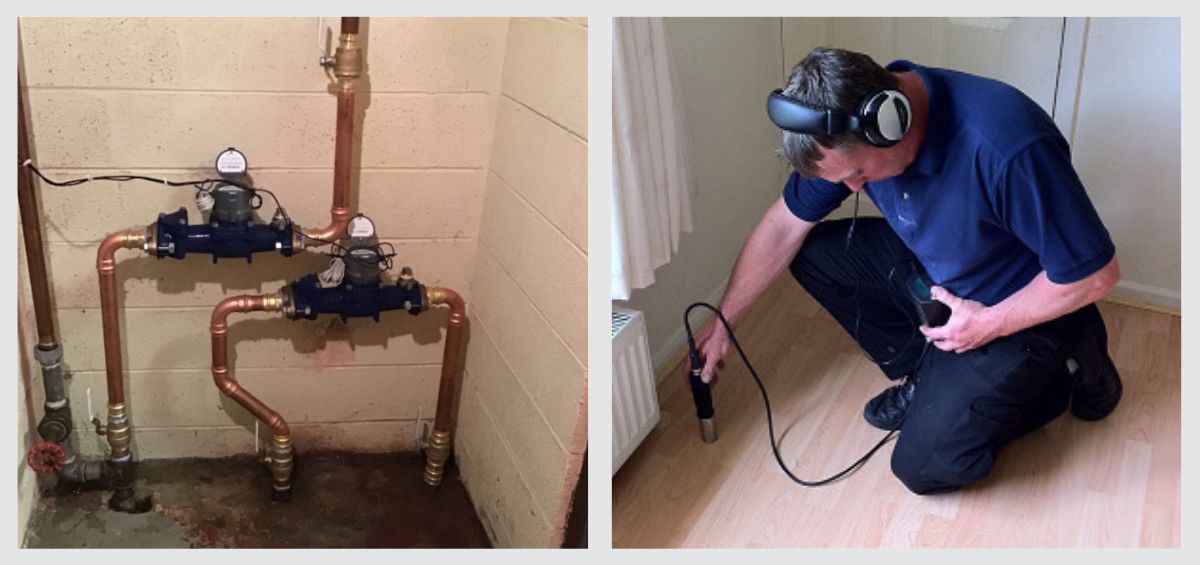
The Signs: How To Detect Leak?
Check Your Water Meter
One of the best ways to tell if you have a leak in some part of your plumbing is to check the water meter. To do this, you’ll first have to turn off all the water in your home. Shut off all faucets, and make sure the dishwasher and washing machine are not running. Next, watch the meter and see if it begins to change. If it does, you likely have a fast-moving leak. If the meter doesn’t change immediately, wait two hours and check it again. If it has changed despite all the water being off, you may be dealing with a slower leak. The leak could be anywhere after the meter, or even underground.

Kitchen
Plumbing leaks in kitchens are mainly found in two areas; around the sinks and among the supply pipes at the base of the sinks. Faucet leaks are also a common occurrence. For sinks, examine the lower part of the countertop for any changes in the particleboard. This is especially noticeable if you have a plastic laminate countertop. If it’s been affected by water, it will be dark, swollen and spongy to the touch.

Faucet Leaks
Old and worn faucet washers and gaskets frequently cause leaks in faucets. A leaky faucet that drips at the rate of one drip per second can waste more than 3,000 gallons per year. That’s the amount of water needed to take more than 180 showers!
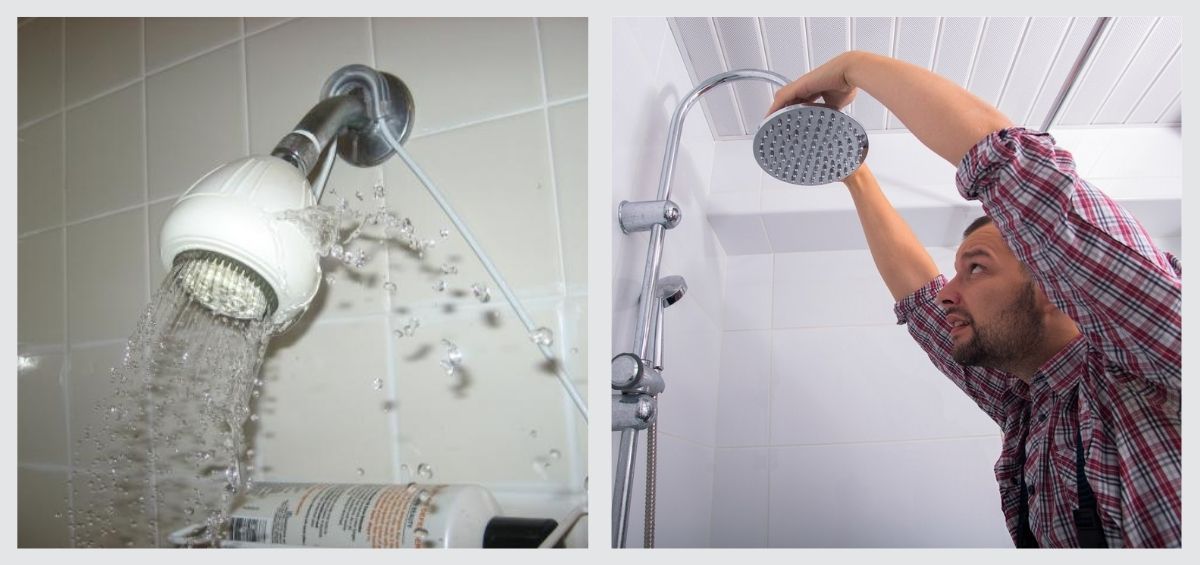
Showerheads
Much like toilets, we use showers on a regular, if not daily, basis. This means the parts start to wear down and you are likely to find leaks. We’ve already talked about how low pressure could be the sign of a leak (as well as a clogged showerhead), so it makes sense this would be one of the first places to look if you think you have a problem.
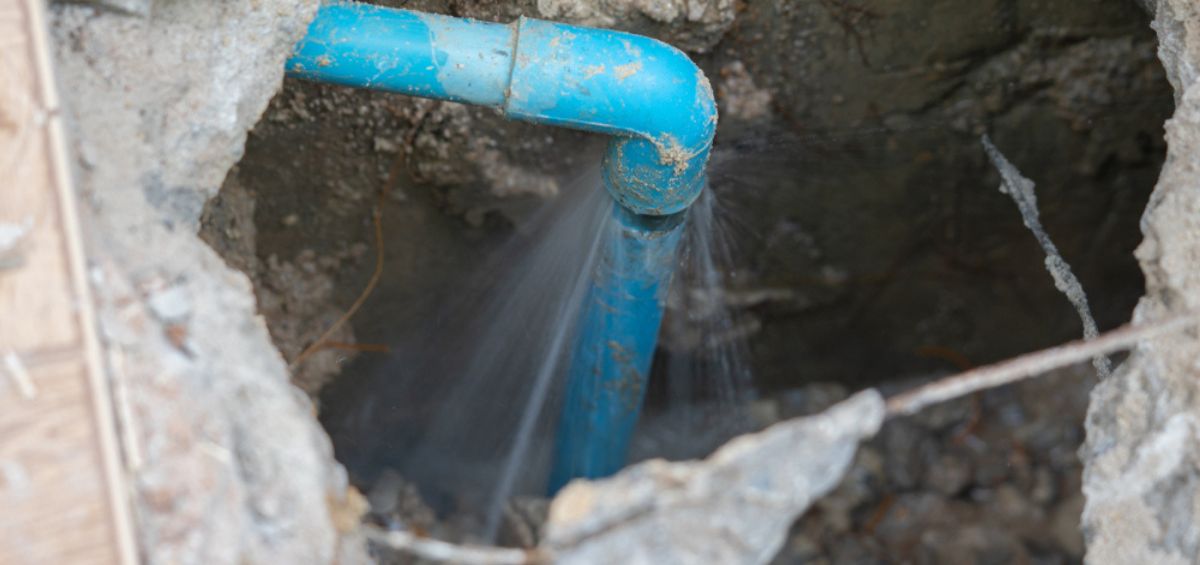
Be Aware Of Underground Water Leaks
Outdoor water leaks can get quite expensive to repair, so it’s important to know what to look for. If an area of your yard seems softer than others or you notice dark spots, this could be cause for concern. If one particular area around your home seems to stay wet even after a dry spell, this is a red flag. You can also look closely near your driveway and street and see if you notice any unusual water flow. Water flow doesn’t have to be a constant stream of flowing water. Even puddles that seem out of place may indicate that there’s a deep, underground leak. If you suspect that you have an underground leak, call your local water or utility company as soon as possible. They have the tools and the know-how to further diagnose and fix the issue.

Investigate Appliances And Fixtures
If the water meter test indicates a leak inside your home, check the cabinets under the kitchen, laundry, and bathroom sinks to make sure they’re dry. You’ll also want to look for puddles around the bases of tubs, toilets, and showers and beneath the water heater, dishwasher, and clothes washer. If you find any puddles, turn off the water supply valve to that appliance or fixture and call a plumber.
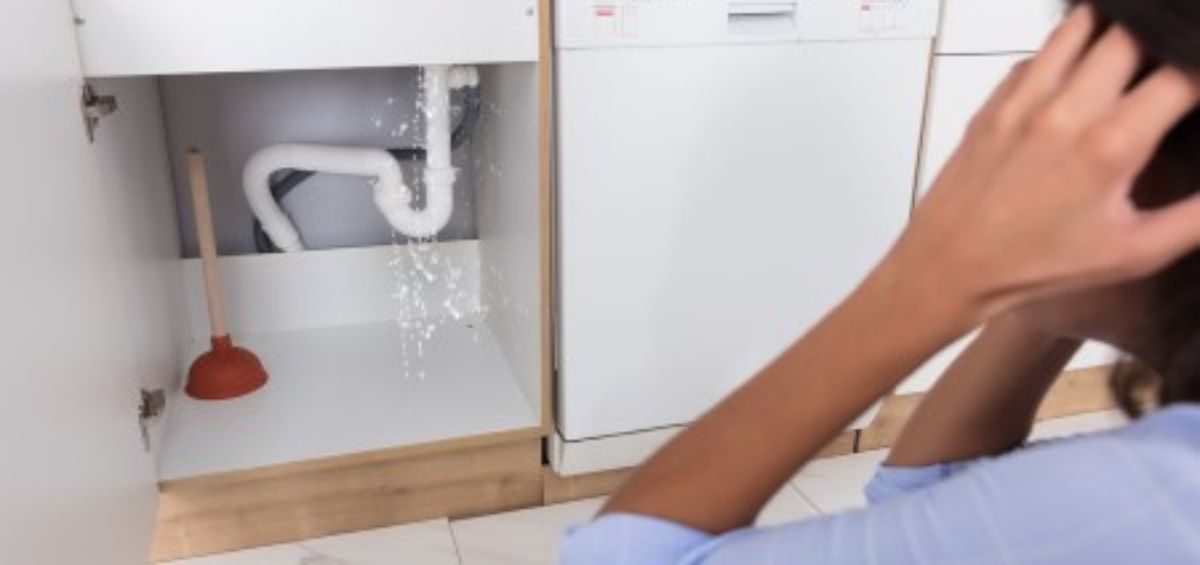
8 Of The Most Common Causes Of Household Water Leaks
Leaks can waste water, damage your home, and encourage unwanted organic growth. Unfortunately, because you cannot see most of the pipe work in your home, you may not always know that a leak has formed. One of the best ways to protect your home from future leaks is to understand and look for common situations that cause leaks to develop. In this blog, we list eight leak causes that may be making your pipes drip.
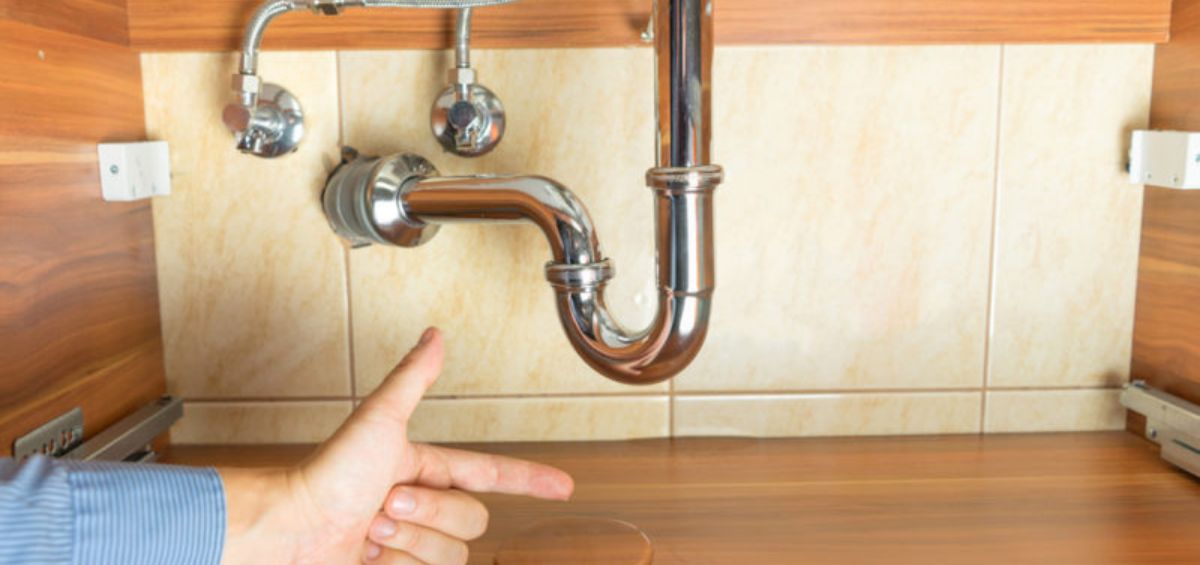
Broken Seals
When your appliances were installed, the contractor put seals around all water connectors. Seals also appear in other places, such as on your dishwasher door. As your appliances age, the seal may break or wear out. If you notice condensation on your appliance or puddles near the appliance, you may have a broken seal.

Clogged Lines
Many clogged drains simply cause inconvenience. Some clogs, however, can lead to overflowing or burst pipes. For example, obstructions in air handler drain pans or in your gutters often lead to serious water damage. Keep your gutters and HVAC system clean to prevent serious clogs.
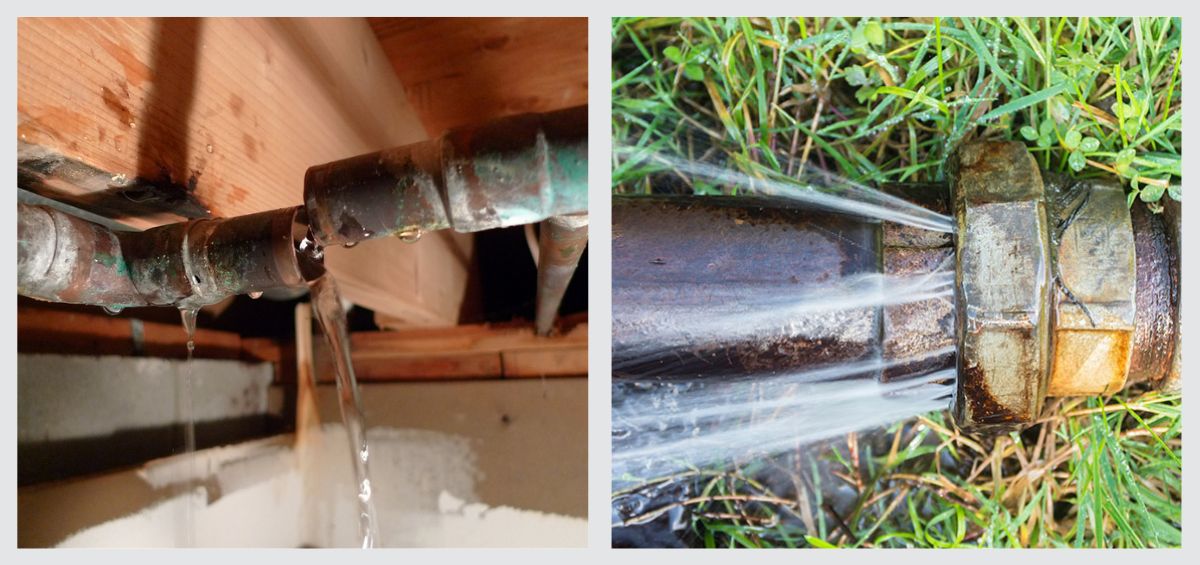
Corrosion
As your plumbing system ages, rust and other forms of corrosion may eat away at the pipes. If you notice any discoloration or warping on your pipes, have a plumber assess the damage right away. If you have an older plumbing system, consider replacing the pipes at high risk of corrosion for newer models.

Damaged Pipe Joints
Where your pipes connect often represents the weakest point in a line. Over time, pipe joints can deteriorate, causing leaks. Unfortunately, most pipe joints aren’t easily visible. If you have noisy pipes that make a ticking or banging noise, especially when you turn on the hot water, chances are that your pipe joints are under significant pressure. Have a plumber evaluate your system once a year.
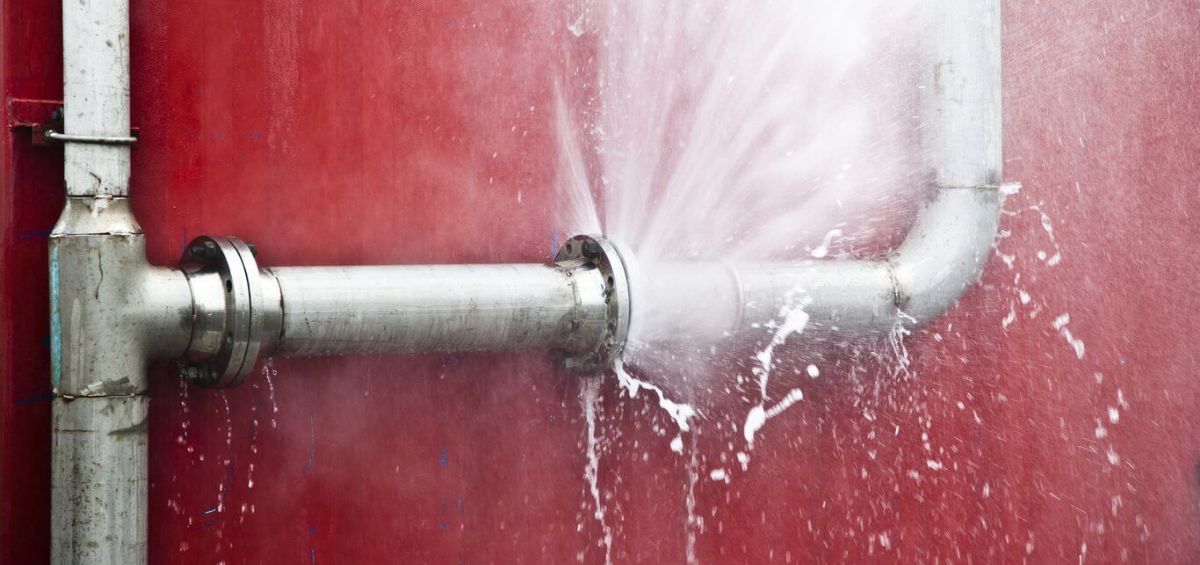
Excess Water Pressure
High water pressure may feel nice, but excessive or uneven pressure can strain your pipes. Most pipes and faucets can only withstand up to a specific level of water pressure. Any extra pressure could cause leaks. If you feel concerned about your water pressure, have a professional measure the pressure.

Intruding Tree Roots
Some of the most common water leaks actually start outside your home rather than inside. For example, tree roots can intrude on water lines causing moisture to seep out into your yard. If you notice any new wet patches or sinkholes in your yard, experience a sudden drop in water pressure, or have trees growing very near your home, have a plumber check for intrusion.

Loose Water Connectors
Sometimes the hoses and pipes that supply your appliances with water become loose, causing a leak. Often, loose water connectors occur due to shifting. For example, your washing machine hose may spring a leak due to shaking during the spin cycle. If you have a water connector leak, you may notice water running directly from the supply line or forming puddles around the appliance.
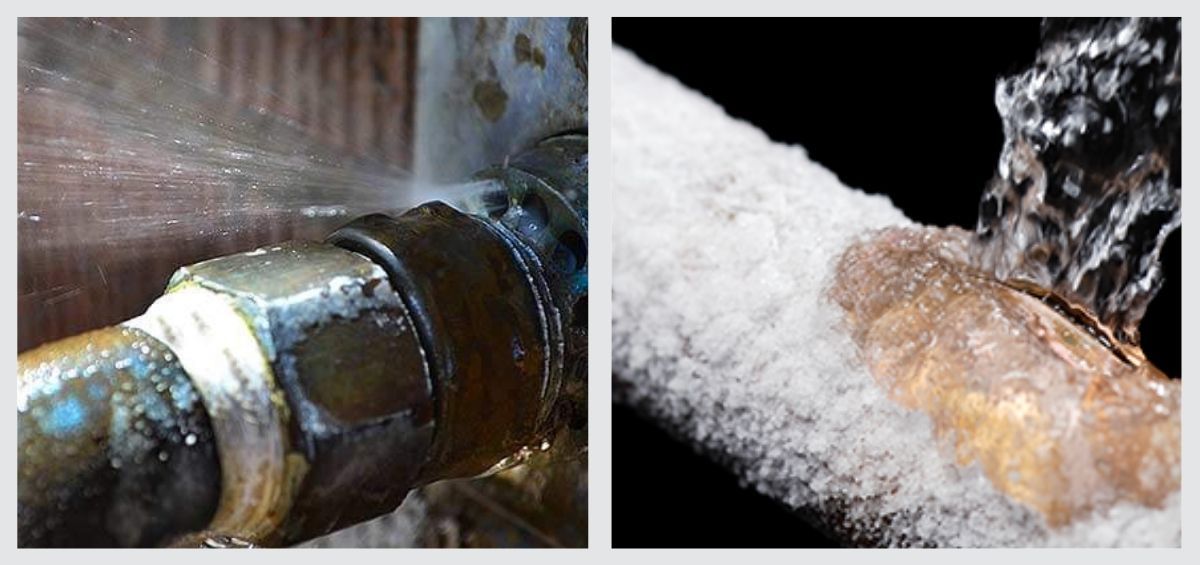
Rapid Temperature Changes
Unexpected extreme temperature changes in your pipes can force the pipes to expand and contract. This expansion and contraction may crack the pipes, especially when caused by freezing temperatures. Pay attention to the way your plumbing performs. The presence of the circumstances listed above often indicates a high risk of leaks.
Need some professional guidance?
Your local Healthy Homes plumbers are always here to help. Give us a call at1800-419-4647and we’ll track the leak down for you and make any necessary repairs.


